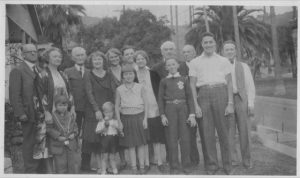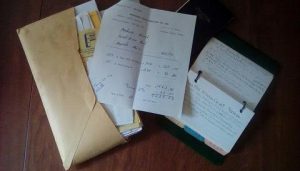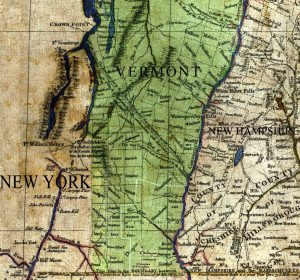
As those who have applied to hereditary societies may already know, several groups have a policy of requiring every birth, marriage, and death certificate for the most recent three generations of the lineage, with like information for their spouses. While this may not be difficult for everyone, some may not not know where all of these events occurred, especially for the generation of their grandparents. Legal access to these records varies from state to state, and not every state has readily available indices to such records. The following is an interesting example of utilizing records when your ancestors eloped.
In this case, my friend’s wife was applying to the Mayflower Society and trying to locate the marriage of her father’s parents (both of whom are deceased, as is her father). The announcement at left appeared in The New York Times on 12 June 1942 announcing a marriage that had occurred on 23 March 1942. No indication of the place of marriage is given, and no formal announcement of the couple’s engagement had appeared before this notice. The bride was a resident of New York City, and no record of their marriage was found there, nor back in the groom’s native Ohio. Where they got married appeared to be a mystery, and no one alive in the family knew either. Continue reading It’s good to get divorced








